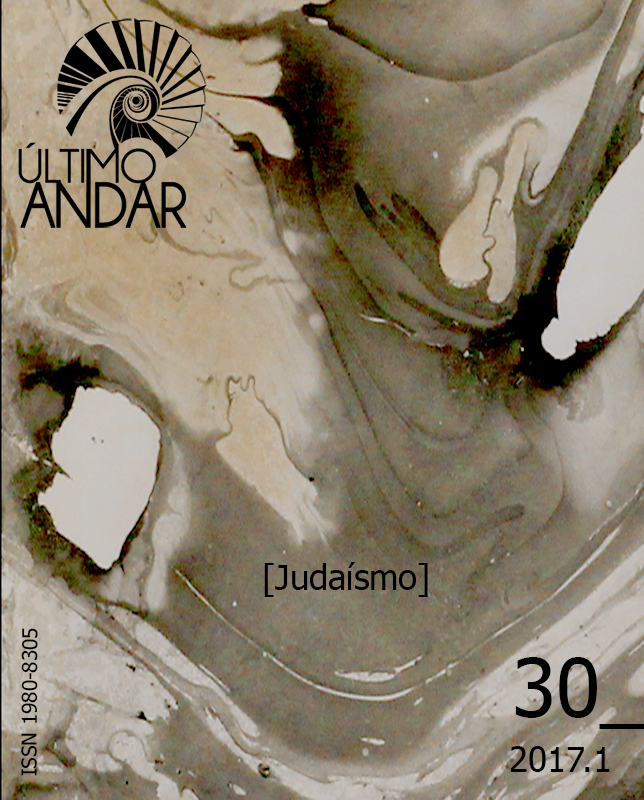EXEGESE ICONOGRÁFICA DO ANTIGO TESTAMENTO/BÍBLIA HEBRAICA: NOTAS SOBRE O PASSADO, PASSOS PARA O FUTURO
DOI:
https://doi.org/10.23925/1980-8305.2017.i30p105-118Keywords:
Exegese Iconográfica, História da Interpretação Bíblica, Bíblia Hebraica, Antigo TestamentoAbstract
A descoberta de dois pithoi em Kuntillet Ajrud, no nordeste do Sinai, em 1978, evidenciaram a inabilidade dos estudiosos da Religião de Israel, de forma geral, e de exegetas do Antigo Testamento/Bíblia Hebraica, em particular, em lidar com artefatos visuais e relacionar texto e imagem na pesquisa científica. O artigo, a partir de pesquisa bibliográfica, traça uma história da interpretação iconográfica da Bíblia Hebraica na segunda metade do século XX e nas duas primeiras décadas do século XXI, percebendo movimentos de destaque. É sugerido que a Exegese Iconográfica se desenvolveu em três “ondas”, partindo de um núcleo suíço para, depois, alcançar o continente norte-americano: (1) a Escola de Friburgo; (2) as abordagens metafórico-iconográficas nos EUA; (3) reavaliações metodológicas transcontinentais. Ao final são apresentados problemas, limites e necessários desenvolvimentos paraa prática da Exegese Iconográfica em terras brasileiras.Downloads
Published
How to Cite
Issue
Section
License
The Authors maintain the copyright and grant the journal the right to first publication, with the work simultaneously licensed under the Creative Commons Attribution License that allows the sharing of the work with acknowledgment of authorship and initial publication in this Journal.
Authors are authorized to assume additional contracts separately, for non-exclusive distribution of the version of the work published in this journal (eg, publishing in institutional repository or as a book chapter), with acknowledgment of authorship and initial publication in this journal.
Authors are allowed and encouraged to publish and distribute their work online (eg in institutional repositories or on their personal page) at any point before or during the editorial process, as this can generate productive changes, as well as increase impact and citation of the published work.


